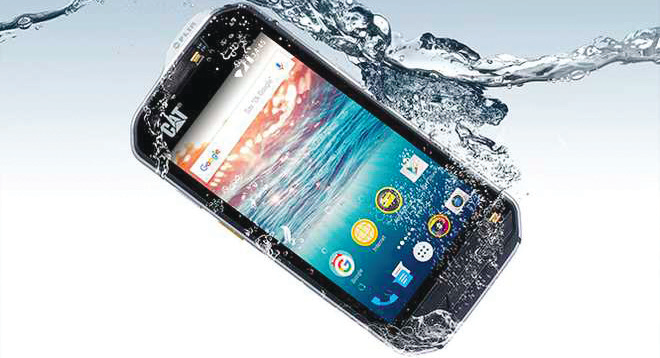
NEW DELHI (TIP): India‘s premier Defence Research and Development Organisation (DRDO) is firing on in several directions with the work on hand involving MIRVs (multiple independently-targetable re-entry vehicles) and improvements in missiles, aircraft, tanks and artillery. DRDO director general and scientific adviser to the defence minister V.K. Saraswat told India Strategic (www.indiastrategic.in) magazine that in terms of missile range, Indian scientists had achieved whatever was assigned by the government (about 5000 km) but the effort was now to develop MIRV capability. “The building blocks, from boosters to radars, seekers and sophisticated mission control centres are there,” he added.
Saraswat, who has just been awarded the country’s third highest civilian award, the Padma Bhushan, said that DRDO had been able to develop key RF (radio frequency) seeker technologies for missiles in cooperation with Russia, and that in the last missile test, the seeker used was made in India. Digital processing in any case is based on DRDO’s own software. Without the seekers, a missile would be an aimless vehicle. The RF and IR (infra red) seekers are meant for proximity and precision engagement of targets, and both these technologies are required for the anti-ballistic missile (ABM) capability as well as all kinds of missiles. Saraswat did not give details but said that India also was working on seeker technologies with other countries. ‘Today, we are able to design and develop RF seekers, and in about a year or so, we will be independent in this key technology,’ Saraswat added.
As for an ABM shield, he said that DRDO had conducted four endo-atmospheric (within the atmosphere) and two exo-atmosphere (outside the atmosphere) missile interception tests and that all six had been successful. ‘We certainly need more tests but we can say we have been successful in developing this capability.’ The last one, designated Advanced Air Defence (AAD) interceptor missile, and fired on November 23, was in fact a hit-to-kill test. So far, DRDO has mostly been working on proximity, near-miss or zero-miss acquisition of targets. With these systems, an ABM missile blows itself up some nine metres from its targets. From now on, the effort will be to develop the hit-to-kill capability by directly impacting hostile targets.




Be the first to comment